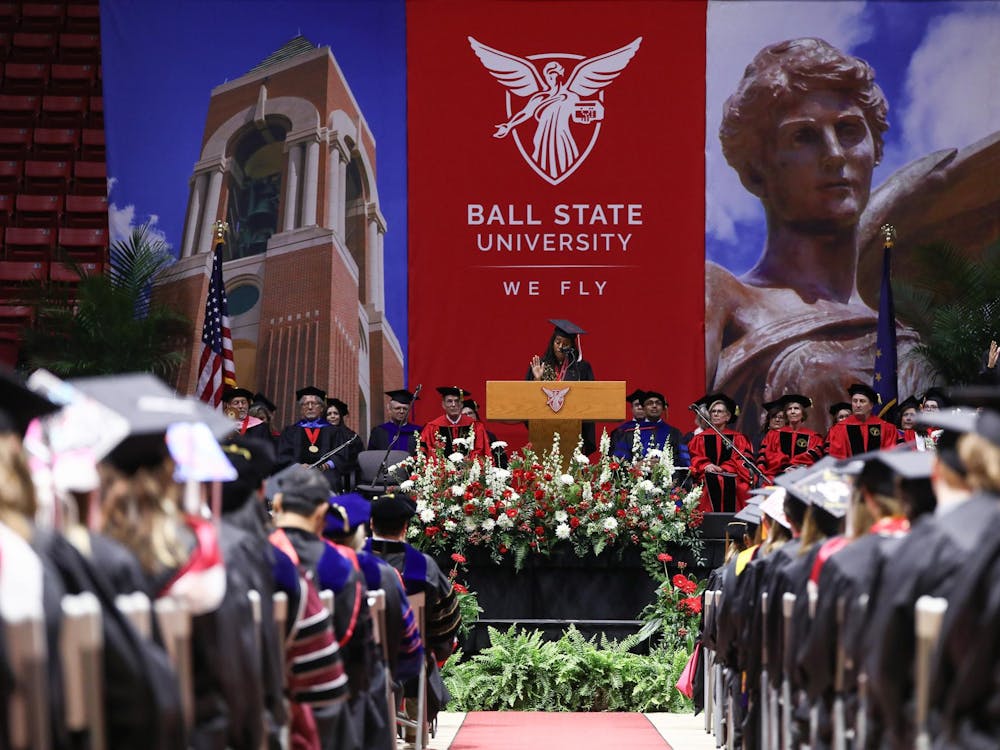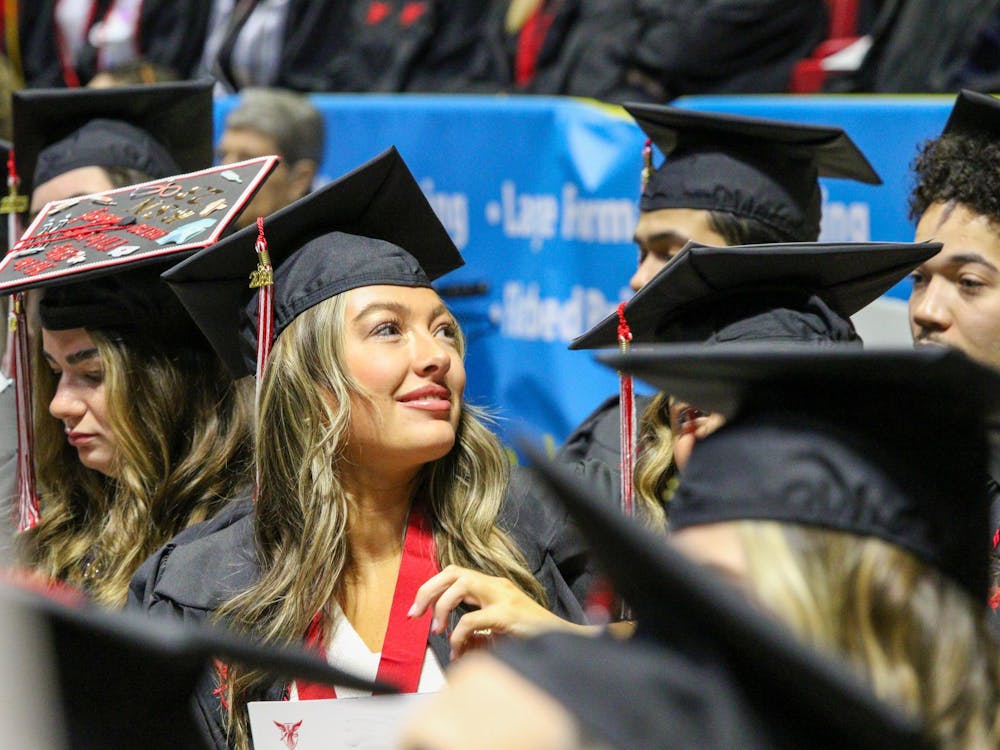The state’s budget for the 2017 fiscal year allocates 35 percent of total funds to education. Ball State received around $140 million for the 2015-16 fiscal year and around $149 million for the 2016-17 fiscal year.
Lobbying as a whole is generally looked at in a negative way. The reality is that lobbying is crucial for Ball State and similar universities across the country to function.
“The vast majority of lobbyists are hardworking, honest people, who are great communicators and have wealth of knowledge in their particular area,” said Chad Kinsella, an assistant professor in the department of political science.
Only 6 percent of Americans think lobbyists have a high standard of honesty and ethics according to a Gallup poll released in December 2013.
Universities in a post-recession America rely on public funding to operate, and one way to obtain these funds is through lobbying the government.
Kinsella said that lobbying is more important for universities nowadays because state funds are tight due to the great recession.
“Funding cuts have hit and continue to hit higher education, which not only hurts state institutions but [also hurts] the communities where they exist and [the] students,” he said.
Not all lobbyists work for companies with massive amounts of wealth. There are lobbyists that represent municipalities, professions and causes.
Universities compete with hundreds of other entities for funds, and the Indiana General Assembly determines how much a school receives in their two-year state budget.
The state’s budget for the 2017 fiscal year allocates 35 percent of total funds to education. Ball State received around $140 million for the 2015-16 fiscal year and around $149 million for the 2016-17 fiscal year.
Julie Halbig, the vice president of government relations and community engagement, is a lobbyist for Ball State who has worked as a government employee for the House Republican Caucus for about 12 years.
Through her experience as a government employee, Halbig learned how to advocate on behalf of clients from the private, municipal and nonprofit sectors.
“I have a solid understanding of the questions that legislators need answered in order to support an issue and how it fits into the overall picture for the state,” Halbig said.
The Indiana state government looks to see if the university is meeting goals that are set by the state. These include degree completion, on-time degree completion, high impact degrees and making sure at-risk students complete their degrees.
The state government also wants to know how Ball State is serving Hoosiers and the state as a whole.
“Close to 73 percent of our graduates remain in the state to live, work and play. Therefore, Ball State graduates are major contributors to a healthy Indiana economy,” Halbig said. “I think this message resonates with our elected leaders and gives Ball State influence within state government.”




